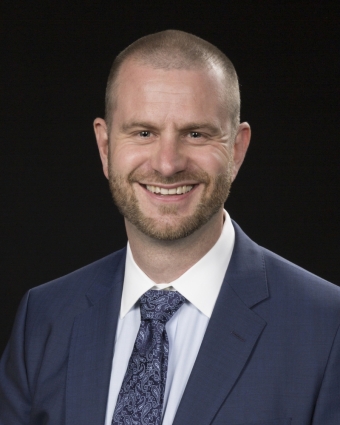
Date:
Location:
Title:
abstract
The discovery of a new topological form of magnetic order in the family of cubic Dzyaloshinskii-Moriya helimagnets almost a decade ago has continued to attracted increasing scientific interest. This new magnetic state consists of a lattice of skyrmions, i.e., magnetic vortices characterized by a topological winding number. This implies that skyrmions represent topologically-protected magnetic particles with a mesoscale size typically of the order of 10-200 nm. Their topologically-protected nature makes them insensitive to atomic-scale defects and impurities and enables them to move independently from the underlying crystal structure. In particular, it has been shown that ultra-low current densities of 106 A/m2 allow moving skyrmions through a material via the spin-torque effect. Moving conventional spin-textures such as domain walls requires six orders of magnitude higher currents. Together with the ability to create and delete individual skyrmions via current pulses or polarized spin-currents these novel spin textures have unprecedented potential for low-power/high-density non-volatile racetrack memories and spintronics. Here we will summarize the fundamental ingredients that result in the formation of skyrmion lattices and their functionality that we have identified in an extensive study using small angle neutron scattering [1], neutron spectroscopy [2, 3] and resonant ultrasound spectroscopy (RUS) [4]. Notably, using RUS we uncover a new regime of previously theoretically predicted creep motion at even lower currents that suggests that skyrmions may be moved with currents lower than 104 A/m2 [5].
[1] D. M. Fobes, Yongkang Luo, N. Leon-Brito, E. D. Bauer, V. R. Fanelli, M. A. Taylor, L. M. Debeer-Schmitt, M. Janoschek, Appl. Phys. Lett. 110, 192409 (2017).
[2] M. Kugler, G. Brandl, R. Georgii, K. Seemann, M. Janoschek , J. Waizner, M. Garst, A. Rosch, C. Pfleiderer, and P. Böni, Phys. Rev. Lett. 115, 097203 (2015).
[3] D. M. Fobes, T. Weber, M. Kugler, J. Waizner, A. Bauer, R. W. Bewley, G. Ehlers, R. Georgii, C. Pfleiderer, P. Böni, M. Garst, and M. Janoschek, in preparation.
[4] Yongkang Luo, Shizeng Lin, D. M. Fobes, Zhiqi Liu, E. D. Bauer, J. B. Betts, A. Migliori, J. D. Thompson, M. Janoschek, and B. Maiorov, Accepted for publication in Phys. Rev. B, arXiv:1712.05479.
[5] Yongkang Luo, Shizeng Lin, M. Leroux, N. Wakeham, D. M. Fobes, E. D. Bauer, J. B. Betts, J. D. Thompson, A. Migliori, M. Janoschek, Boris Maiorov, in review, arXiv:1711.08873.
bio
Marc Janoschek is currently the capability leader for neutron scattering in the Condensed Matter & Magnetic Science group at Los Alamos Nationatal Laboratory (LANL) and a Hans Fischer fellow at the Institute for Advanced Studies at the Technical University of Munich, Germany, where he leads the focus group on “Quantum Matter”. Marc received a PhD degree in physics from Technische Universität München in 2008. During this time, he also held joint appointments at three European neutron sources (ILL, PSI, FRM II), where he developed a neutron polarimeter (“MuPAD”) for the unambiguous determination of complex magnetic structures. Before joining LANL in 2011 he was a Feodor Lynen fellow of the Alexander von Humboldt Foundation at the University of California, San Diego, where he acquired further expertise in the synthesis of high-quality single-crystals. Marc’s research explores the emergent properties of quantum materials via synthesis, bulk measurements, as well as x-ray and neutron scattering. For his pioneering research on helical magnets and plutonium metal, he has been awarded the Wolfgang Prandl price (2014) and the LANL Fellows Prize for Research (2016), respectively.
Hosted by Stephen Wilson. Download event flyer.



